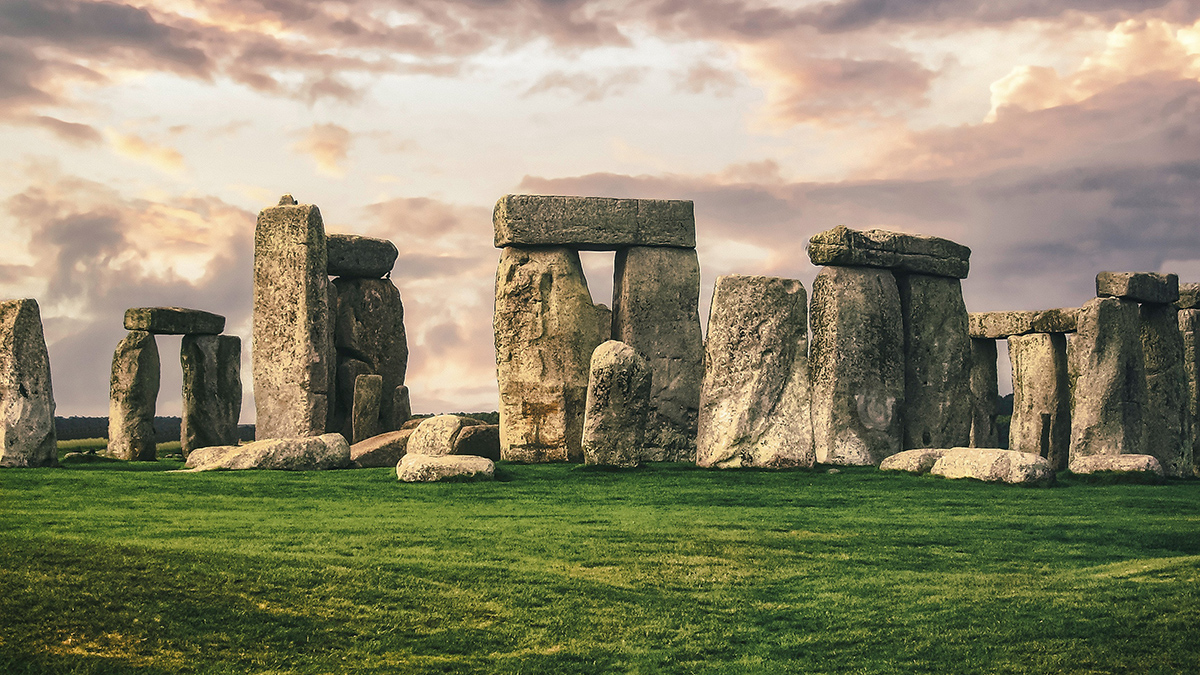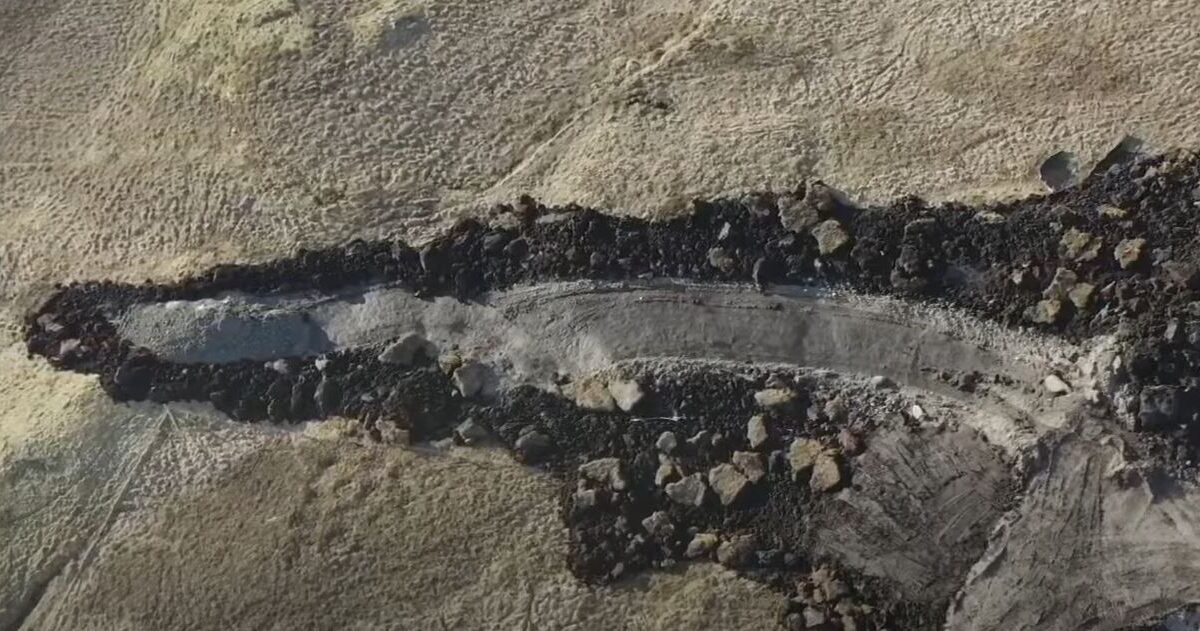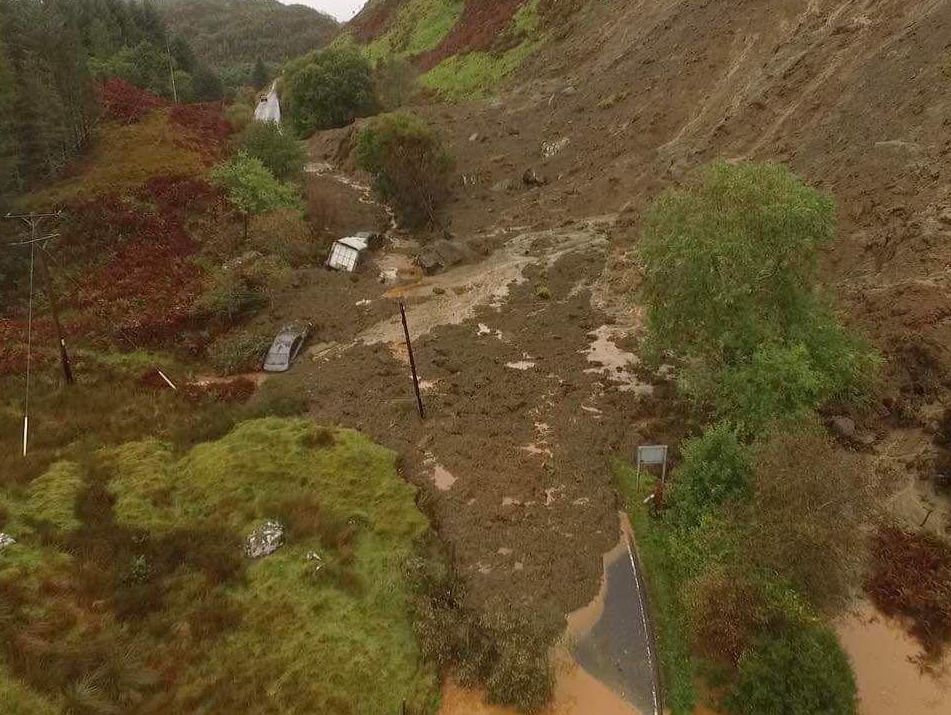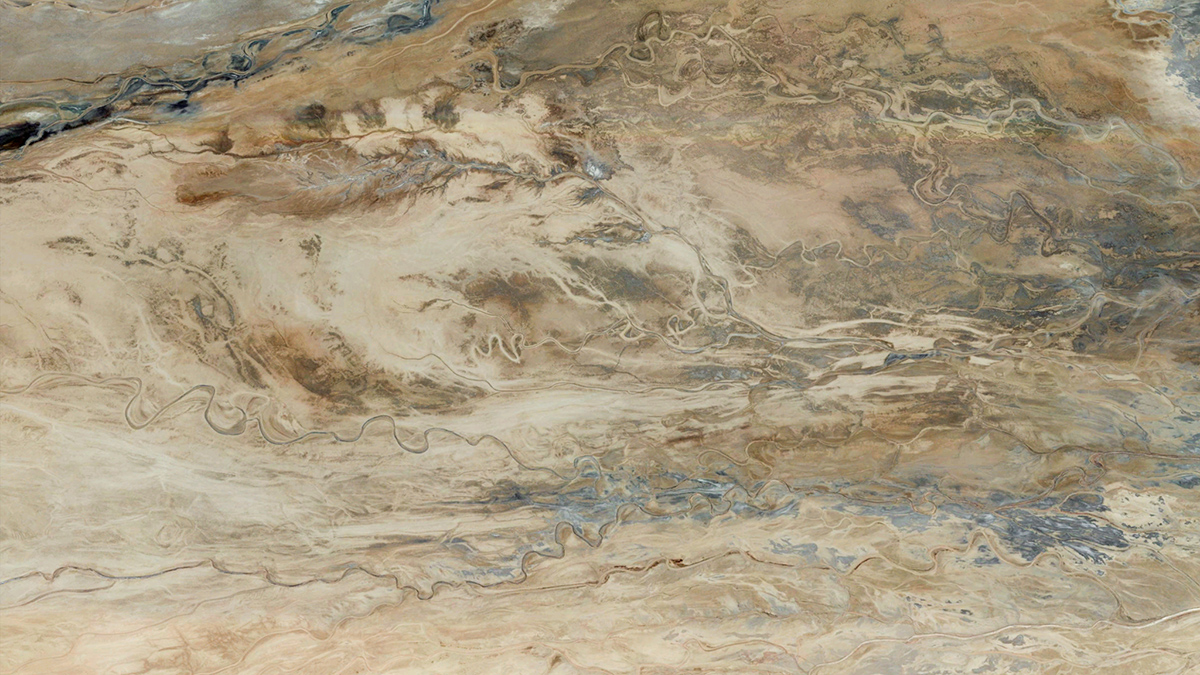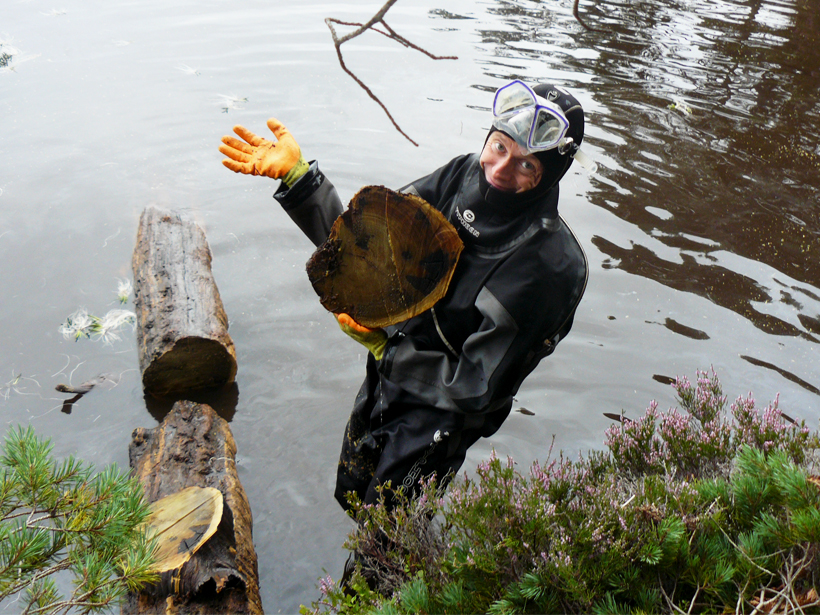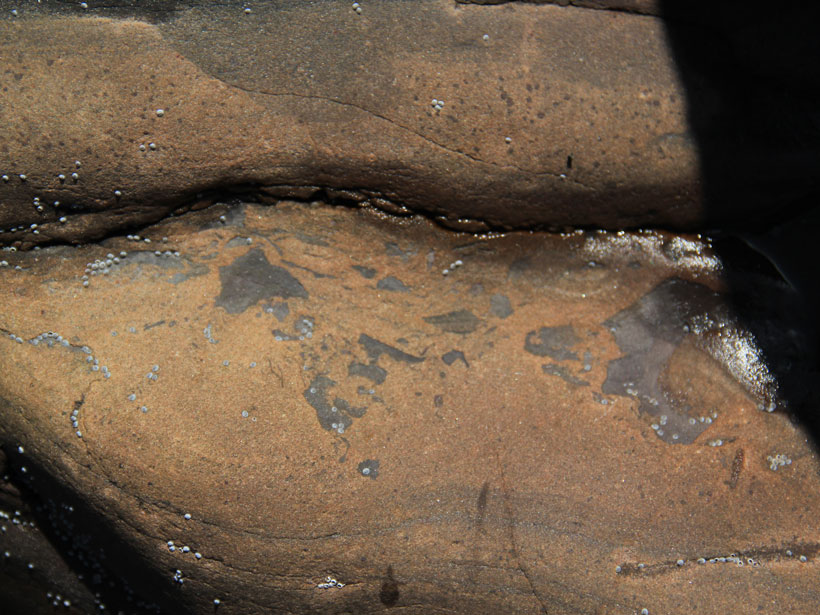New research unearths the Scottish origin of Stonehenge’s Altar Stone and its 750-kilometer journey to Salisbury Plain.
Scotland
The 7 May 2024 peat landslide at the site of the Viking Windfarm in Shetland
The Landslide Blog is written by Dave Petley, who is widely recognized as a world leader in the study and management of landslides. On 7 May 2024 a peat landslide occurred in Shetland, northern Scotland at the site of the under construction Viking Energy wind farm site. The landslide was captured on a video that […]
Ardfern: a landslide that is causing a serious problem to a remote Scottish community
The Landslide Blog is written by Dave Petley, who is widely recognized as a world leader in the study and management of landslides. The Guardian has run a story about the remote Scottish village of Ardfern, located on the Craignish peninsula in Argyll, and its travails as a result of a landslide triggered by heavy […]
Mud Could Have Made Meandering Rivers Long Before Plants Arrived
New evidence from 1.2-billion-year-old rocks suggests that single, sinuous channels could have formed in muddy floodplain sediments without the stabilizing help of vegetation.
Scotland’s Last Glaciers Cause a Shift in an Old Paradigm
Cosmogenic geochronology of Scotland’s vanished glaciers indicates that the paradigm of weakened North Atlantic currents causing a rapid regional cooling is no longer valid.
How the Cold Climate Shaped Scotland’s Political Climate
Tree rings reveal how severe cold and political isolation brought disaster to Scotland, inspired a colonization effort in Panama, and helped drive union with England.
Paleontologists Peer Inside Billion-Year-Old Cells
Scientists have discovered the fossilized remains of Precambrian cells extraordinarily preserved with the rare earth element phosphates monazite and xenotime.
The Search for the Impact That Cratered Ancient Scotland
Great Britain’s largest impact crater likely lies in the Scottish Highlands. Scientists dispute whether it’s to the west or the east.
Satellite Imagery Reveals Plastic Garbage in the Ocean
Using high-resolution satellite data, scientists pinpoint discarded plastics floating off the coasts of Canada and Scotland.
Developing Databases of Ancient Sea Level and Ice Sheet Extents
PALSEA2 Workshop;
Lochinver, Scotland, 16–22 September 2014

